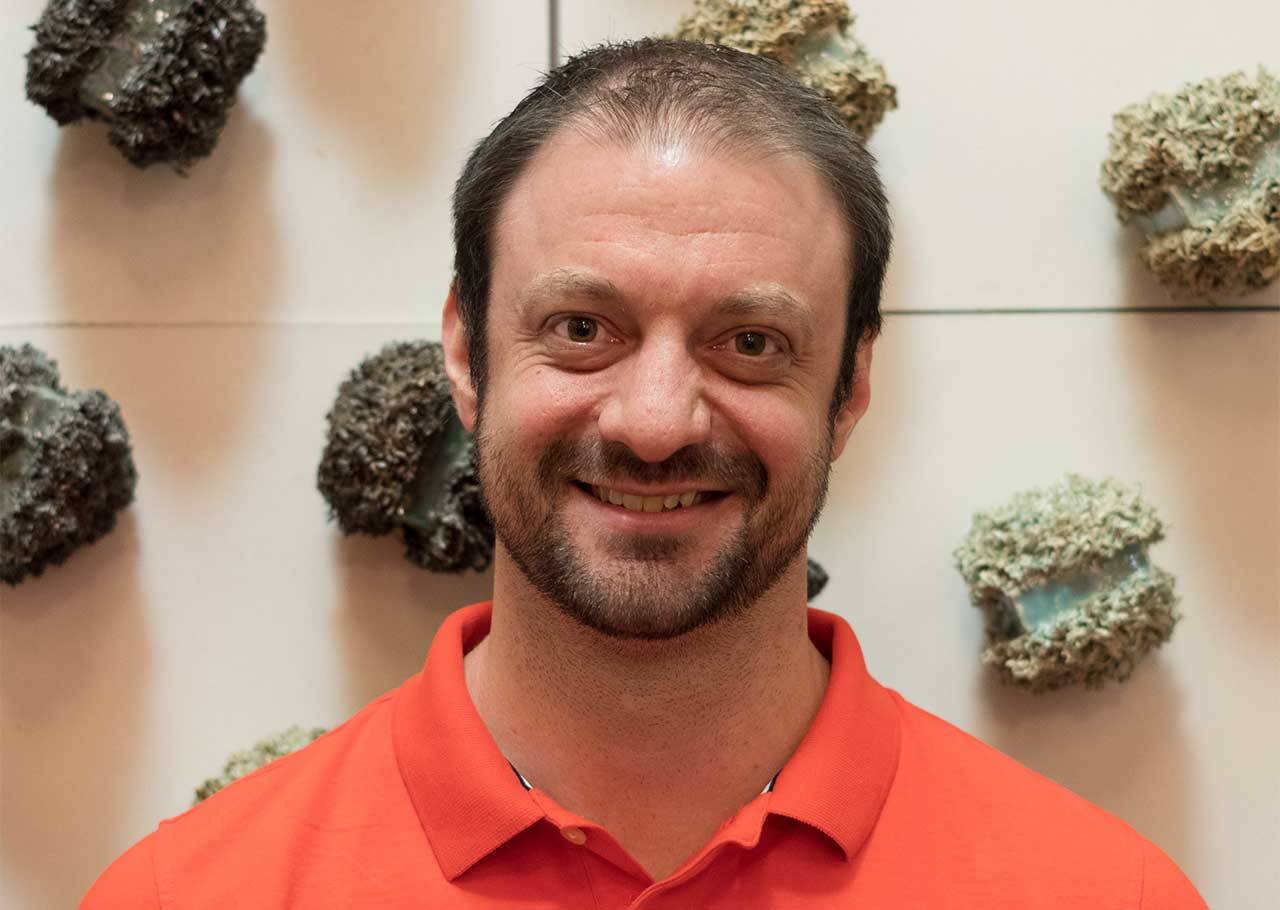Dr. Spencer Pitre
Department of Chemistry
Dr. Spencer Pitre joined the Department of Chemistry at OSU in 2019, where his research group is interested in developing new strategies for the design and synthesis of small molecules using visible light irradiation as an energy source. It is well known that our reliance on fossil fuels for energy is under threat owing to the rate at which fossil fuels are being used. Analogous to solar energy, or even photosynthesis, the organic chemistry landscape is shifting towards using light to supply the necessary energy to promote chemical reactions. Unlike traditional chemistry reagents, visible light is non-toxic, generates no waste, and can be obtained from readily available sources such as modern LEDs or even sunlight. This strategy is also becoming increasingly popular in major chemical industries, such as the pharmaceutical industry, to reduce their carbon footprint. All the research projects in the Pitre Lab, while focusing on distinct chemical problems, have the unifying theme of leveraging photochemistry, or light irradiation, to drive organic reactions.
Over the last few years, the Pitre Lab has been researching an alternative strategy for performing organic synthesis under visible light irradiation. This approach relies on the direct excitation of a charge-transfer complex that forms when an organic compound that is rich in electron density (electron donor, D) interacts with a compound that is lacking in electron density (electron acceptor, A) in solution. The charge-transfer complex is generally capable of absorbing visible light, whereas the individual compounds do not. In other words, formation and excitation of this complex gives us a means of performing reactions with visible light with compounds that do not undergo visible light induced reactions on their own. The Pitre lab has been able to demonstrate that hydroquinone catalysts can engage with highly fluorinated alkyl iodides, forming a charge-transfer complex that absorbed in the visible light region. Using visible light, they have been able to leverage this charge-transfer complex in small molecule synthesis by enabling the incorporation of these highly fluorinated groups into a variety of molecules, which have important applications in pharmaceutical development.
Much of the research in the Pitre Lab takes inspiration from the world’s best chemist: nature. A particular focus of their research is Vitamin B12, one of the few naturally occurring organometallic molecules. Vitamin B12 has been recognized as a cofactor for enzymes that catalyze a range of biological processes, where the formation and cleavage of cobalt–carbon bonds to form carbon-based radicals plays a key role in its catalytic activity. The Pitre Lab is interested in harnessing this unique mode of generating radicals that nature has developed for synthetic organic chemistry applications. For example, they have developed new methods for the construction of cyclopropanes (3-membered carbon-based rings), groups that are widely used in both medicinal chemistry applications and as synthetic intermediates in organic synthesis.
Dr. Pitre is also passionate about teaching and mentoring the next generation of scientists. As a first-generation college student, he benefited immensely from excellent mentors and advisors throughout his career and was fortunate to have the opportunity to perform research in multiple labs as an undergraduate. This experience ultimately motivated Dr. Pitre to pursue a career as a faculty member with his own research group. Inspired by his own experiences, Dr. Pitre’s goal is to provide ample research opportunities to undergraduate students, so that they may also be inspired to pursue a career in chemistry or other STEM fields.

